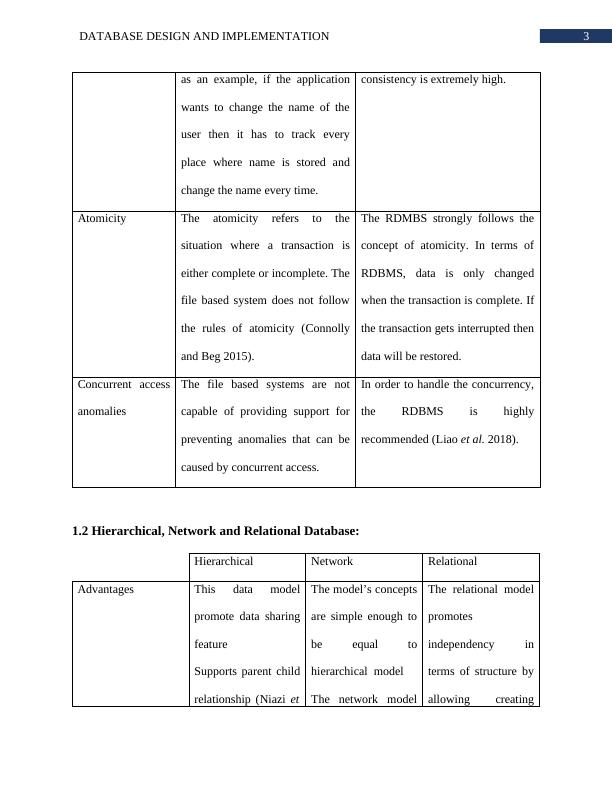Database Design and Implementation
20 Pages3051 Words345 Views
Added on 2023-04-21
About This Document
This document provides an overview of database design and implementation. It covers topics such as RDBMS vs File Based System, hierarchical vs network vs relational database, top-down vs bottom-up approach, and more. It also includes a SQL script for creating the database and tables. If you need help with your assignments or essays on this topic, Desklib is here to assist you.
Database Design and Implementation
Added on 2023-04-21
ShareRelated Documents
End of preview
Want to access all the pages? Upload your documents or become a member.
Database Design and Implementation
|15
|3038
|164
Database Design and Implementation
|15
|3038
|167
Comparison of RDBMS with File Based System, Hierarchical, Network and Relational Database Models
|11
|2084
|140
Data Modelling & SQL Language
|20
|3087
|444
Data Modelling & SQL Language
|23
|3728
|185
Data Modelling & SQL Language: Assignment
|11
|1420
|93




